Does Flour Go Bad? [Shelf Life, Storage, and Expiration]
Here’s all about the shelf life and expiration of flour. Learn if flour ever goes bad, how to store it depending on its type, and when to toss it.
So you’ve stumbled upon a half-opened flour bag that’s been sitting in the cabinet for ages.
Does flour go bad? Can you use “expired” flour?
These are the questions you’re likely asking yourself right now. Read on to find out the answers.

Does Flour Go Bad?
All flours lose quality 3-12 months after the printed date, depending on the type. White and all-purpose flours last longest due to minimal fat content, while whole-wheat, almond, coconut, and other gluten-free varieties spoil sooner. You can refrigerate or freeze flour to extend its shelf life.
That’s the high-level overview.
The most popular flours, such as all-purpose, white, and cake flour, contain only a tiny amount of fat and, therefore, can last months beyond the date on the label if stored properly.
Flours with a higher amount of fat, like whole-wheat flour and gluten-free options, don’t last nearly as long. That’s because the fat they contain will sooner or later go rancid, causing an off smell and taste. For the same reason, it’s often suggested to refrigerate or freeze these flours for best results.
If you’d like to learn more about almond flour or coconut flour, I have dedicated guides on both. Here’s my take on how long almond flour lasts, and here’s my article on the expiration of coconut flour.
Knowing that, let’s talk about the exact spoilage signs you should look out for.
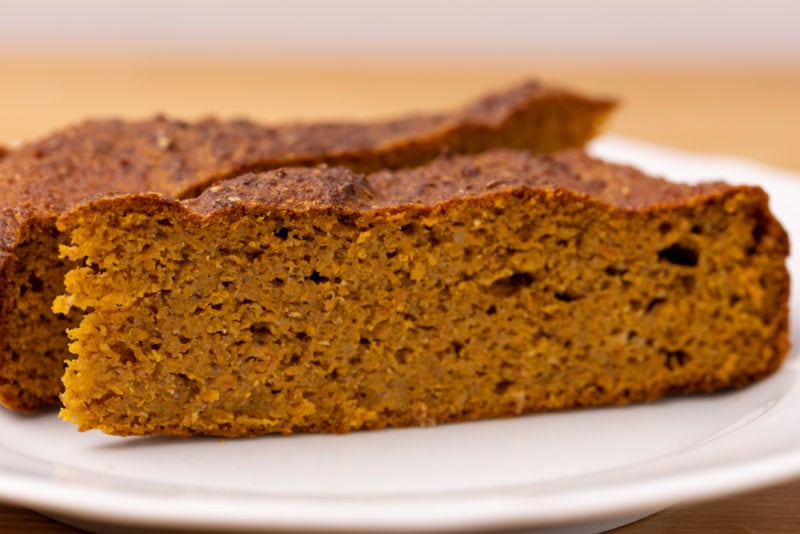
How to Tell if Flour Is Bad?
Your flour is bad if it’s infested by pantry bugs, has large wet clumps or mold, or if it smells off. Fresh flour has a neutral, sometimes a bit sweet odor, or it smells nutty if it’s one of the nut flours. So if yours smells rancid, musty, or plain sour, it’s no good.
That’s it in a nutshell.
Off Smell
The longer your flour sits in storage, the worse its overall quality. But as already mentioned, refined flours (like white, all-purpose, or cake) deteriorate much slower than unrefined ones (like whole wheat or rye) and nut flours. And the best way to determine the quality, without actually using the flour in a recipe, is to smell it.
A rancid or musty smell, which is much more common for whole wheat and nut flours, means your flour has seen better days, and you should open a new pack. Sure, nothing really bad will happen if you use rancid flour, but the altered smell and flavor will carry over to whatever you use the flour in. And you definitely don’t want a cake with a sour aftertaste.
The only exception here is if your flour smells exactly like another food product that’s been stored nearby. If that’s the case, your flour is most likely safe, though the odor change might affect whatever you use it in. It’s up to you if you use it or toss it.
(The same thing happens to sugar that smells funny.)
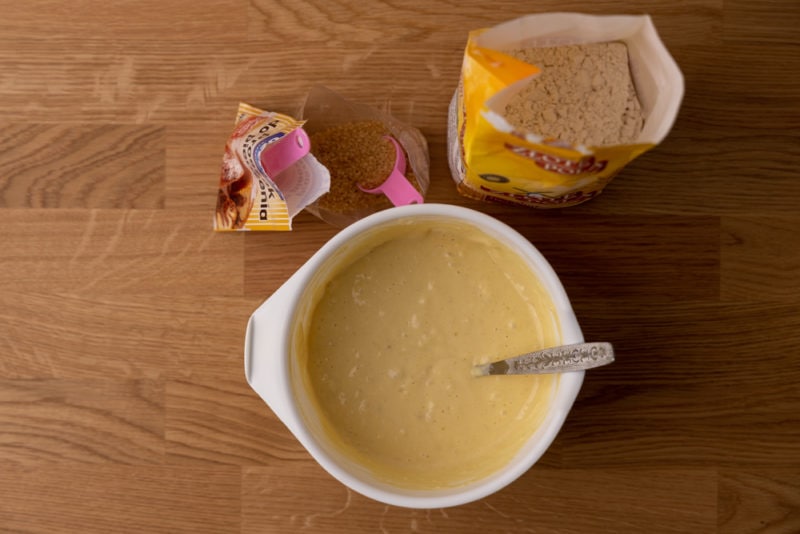
Pantry Pests & Mold
Flour attracts pantry pests. So if you find anything alive in the bag or container, its contents are done for. And I suggest you check nearby foods, as flour bugs spread like wildfire.
Finally, you don’t want to see moisture anywhere nearby your flour, as it absorbs any it can get its proverbial hands on. And if it finds water, it starts to form wet clumps that sooner or later turn into mold or any other organic growth.
If you find any mold or wet clumps in the bag, the flour is no longer safe, no matter if it’s only a tiny fuzzy island or an entire civilization on the brink of inventing the wheel.
If your flour looks and smells okay, it’s almost certainly safe to use, even if it’s a couple of months (or years for white flour) past its printed date.
That said, slightly stale flour might affect the taste of whatever you’re cooking or baking. So if you made a batch of pancakes using your tried and tasted recipe, and they don’t quite hit the spot, your old flour might be the culprit here.
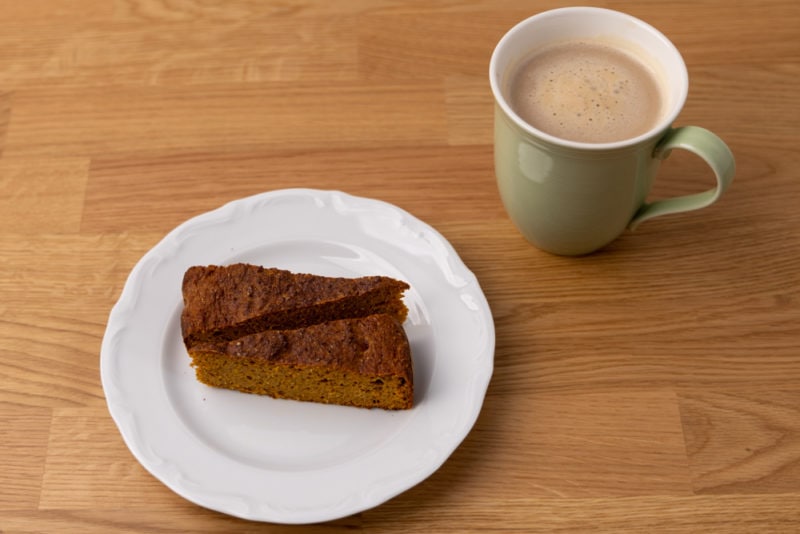
How Long Does Flour Last?
| Pantry | Fridge | |
|---|---|---|
| White flour | Best-by + 3-6 months | Best-by + 1+ year |
| All-purpose flour | Best-by + 3-6 months | Best-by + 1+ year |
| Cake flour | Best-by + 3-6 months | Best-by + 1+ year |
| Bread flour | Best-by + 3-6 months | Best-by + 1+ year |
| Self-rising flour | Best-by + 1-3 months | Best-by + 1-3 months |
| Whole-grain flour | Best-by + 3 months | Best-by + 6-12 months |
Stored at room temperature, refined flours such as white, all-purpose, bread, and cake flour keep best quality for about a year, while whole wheat flour only for 1-3 months. To extend the storage time of almost any flour, including whole wheat and gluten-free flours, you can refrigerate or freeze them.
That’s the short version.
Refined flour usually keeps best for 6 to 8, maybe up to 12 months after the day it was packaged. For whole-grain flours, that period is a bit shorter, typically closer to 4 to 6 months.
Fortunately, you don’t have to memorize the whole table above or keep a printed reference card in your pantry. Instead, all you need is the best-by date printed on the bag and remembering a few guidelines.
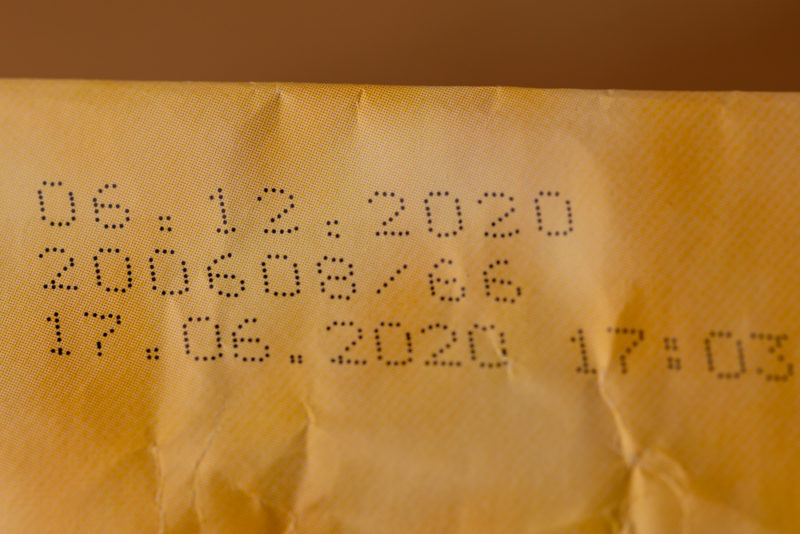
After Expiration Date
Flour has a “best-by” or “best-if-used-by” date printed on the package. That date is how long the manufacturer guarantees best quality of the product.
For white, all-purpose, cake, and bread flours, they should keep quality for 3 to 6 months past that date, while whole wheat, rye, and similar flours should stay okay for up to 3 months beyond what’s on the label.
That’s if you store your flour at room temperature in the pantry or kitchen. The storage period is even longer if you move it to the fridge or freezer.
The rule is simple: the more refined the flour, the longer it lasts. So if it’s white flour that has only a tiny amount of fat, it’s going to last months without a noticeable change in quality. But if it’s unrefined whole-grain flour, it’s only going to stay okay for a few extra months before it goes all rancid and smelly.
That’s about as much as you need to remember from this article.
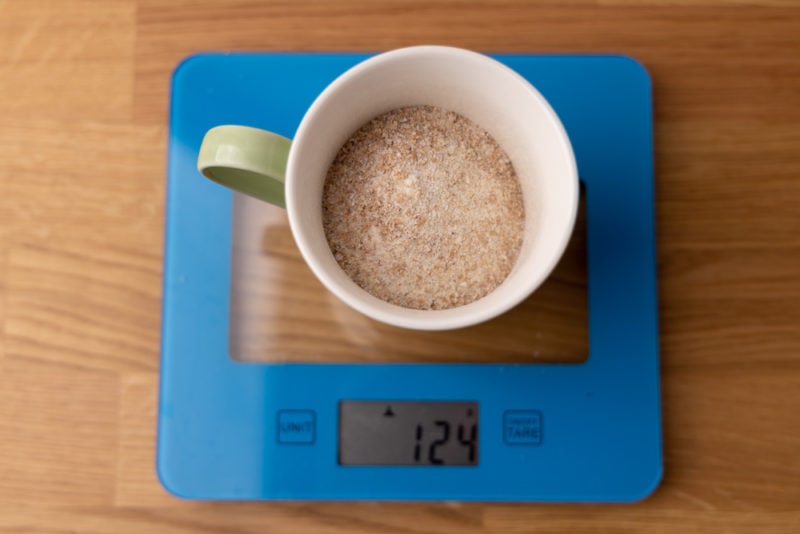
Self-Rising Flour
Self-rising flour retains quality for only about 1 to 3 months beyond the date printed on the label. This is because it’s a combination of all-purpose flour, salt, and baking powder, and it has a fairly limited storage time because baking powder loses potency over time.
Of course, it’s not like it will lose potency a couple of days after the best-by date. In fact, the main issue with self-rising flour is that we don’t quite know when it’s no longer potent.
Now, given that all-purpose flour comes with about 6 to 12 months of storage time, and baking powder retains potency for about 2 years, your self-rising flour should stay potent for more than a year beyond the printed date.
That’s the theory, at least.
Unfortunately, I cannot guarantee that it will be true in all circumstances, hence the 1 to 3 months beyond the printed date recommendation.
Now, what if your self-rising flour is more than a quarter past its date?
The answer is simple: use it to make pancakes. Prep the batter, cook a single pancake and check if it’s nice and fluffy or flat and dense. If it’s of the latter variety, you stir some baking powder into the pancake batter and cook the rest.
I described the whole procedure in my article on out-of-date pancake mix, along with exactly how much baking powder you should add.
How To Store Flour
Storing flour is no rocket science. You should keep an unopened package in a cool and dry area. The pantry is the best choice, but a cabinet in the kitchen works too.
As with other dry goods, the most important thing is to keep the flour away from any water.
That means that after opening the package, it’s probably best to transfer the powder into an airtight container that you can seal tightly. Or a flip-top container we usually use to store cereals.
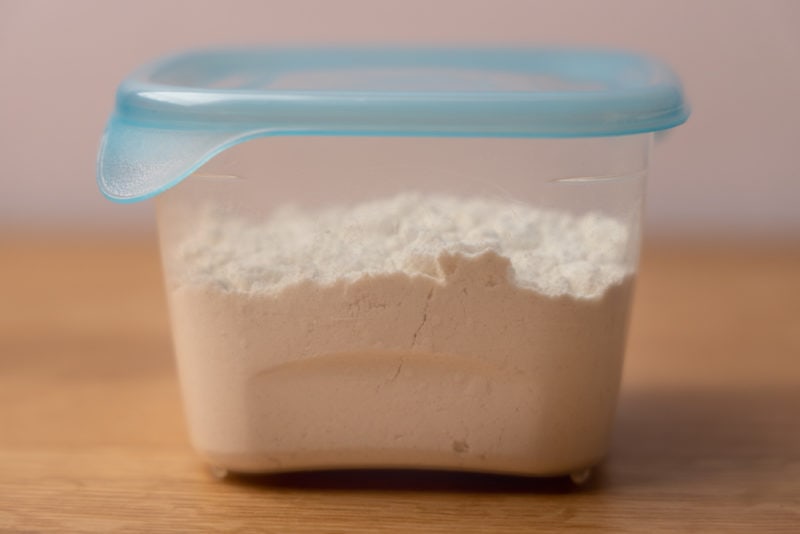
Of course, you can leave the flour in its original package, but it doesn’t provide much protection from water. So I suggest doing that only if you’re certain that the place where you keep flour is moisture-free.
If you’re not a big-time baker and use a certain type of flour (e.g., whole wheat) only once every few weeks, it might be better to store the flour in the fridge or even in the freezer.
Low temperature helps the flour retain its quality for longer. That’s especially true for gluten-free alternatives like coconut flour and almond flour.
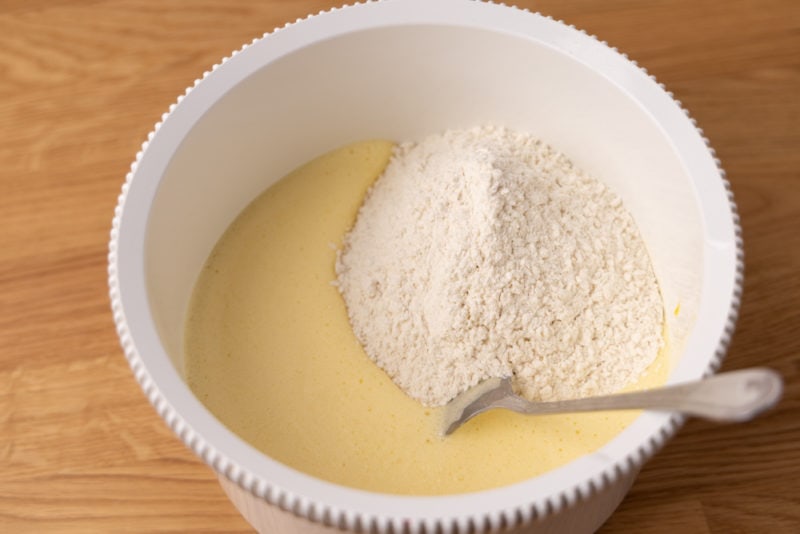
Because of that, if you expect to use that certain package of flour for more than a few months, chilling it might be the way to go.
One important thing when it comes to storing flour in the fridge or freezer is that it needs to be well protected from moisture and cold. As mentioned earlier, you can pour the flour into an airtight container. Alternatively, you can leave the flour in its original paper bag, and put that bag into a freezer bag. That should work too.
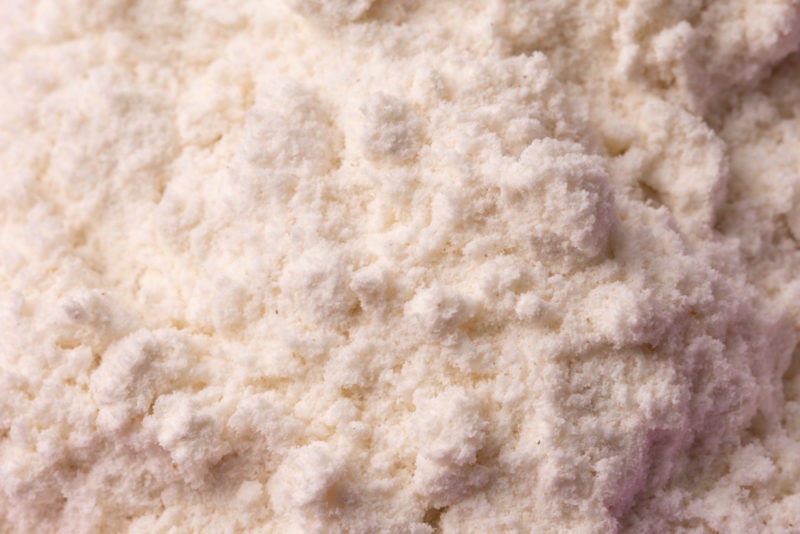
Rotten Records: Share Your Snap!
Caught some food past its prime? Upload your photo to “Rotten Records” and help others spot the signs of spoilage. Every image makes our food community safer and more informed!

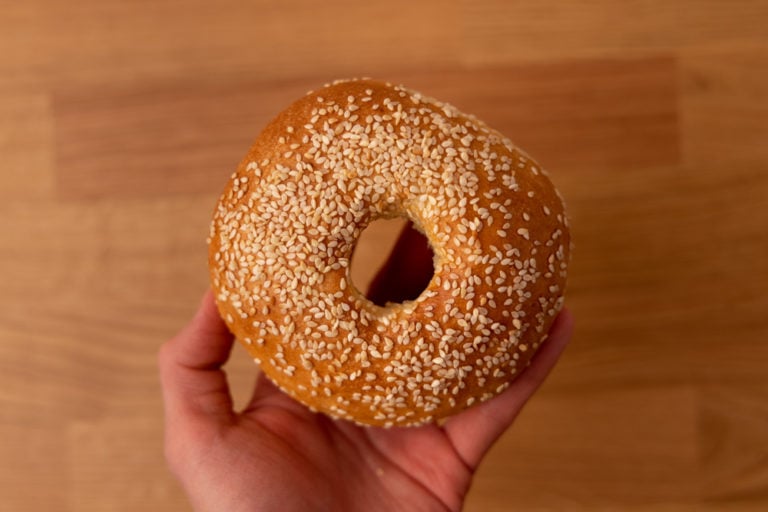
![Does Baking Powder Go Bad? [And How to Tell if It’s Still Good]](https://www.doesitgobad.com/wp-content/uploads/bakingpowder.jpg)

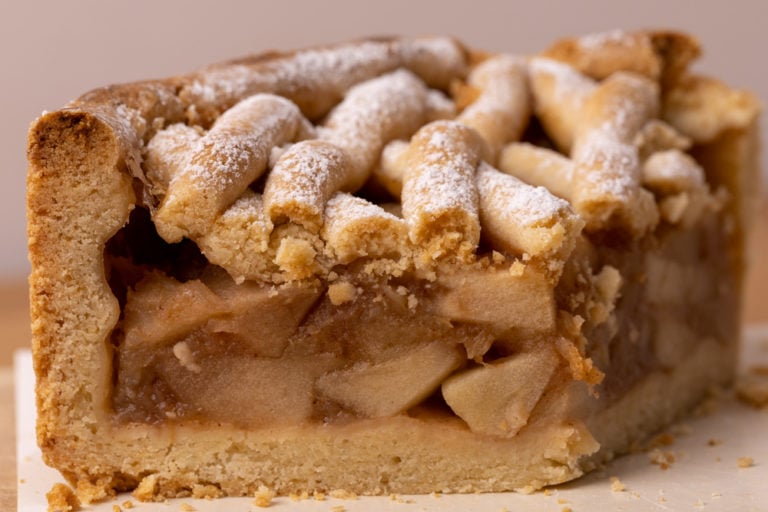
![Does Almond Flour Go Bad? [Storage, Shelf Life, and Expiration]](https://www.doesitgobad.com/wp-content/uploads/Blanched_Almond_Flour__The_Gluten_Free_Almond_Flour_Cookbook.jpg)